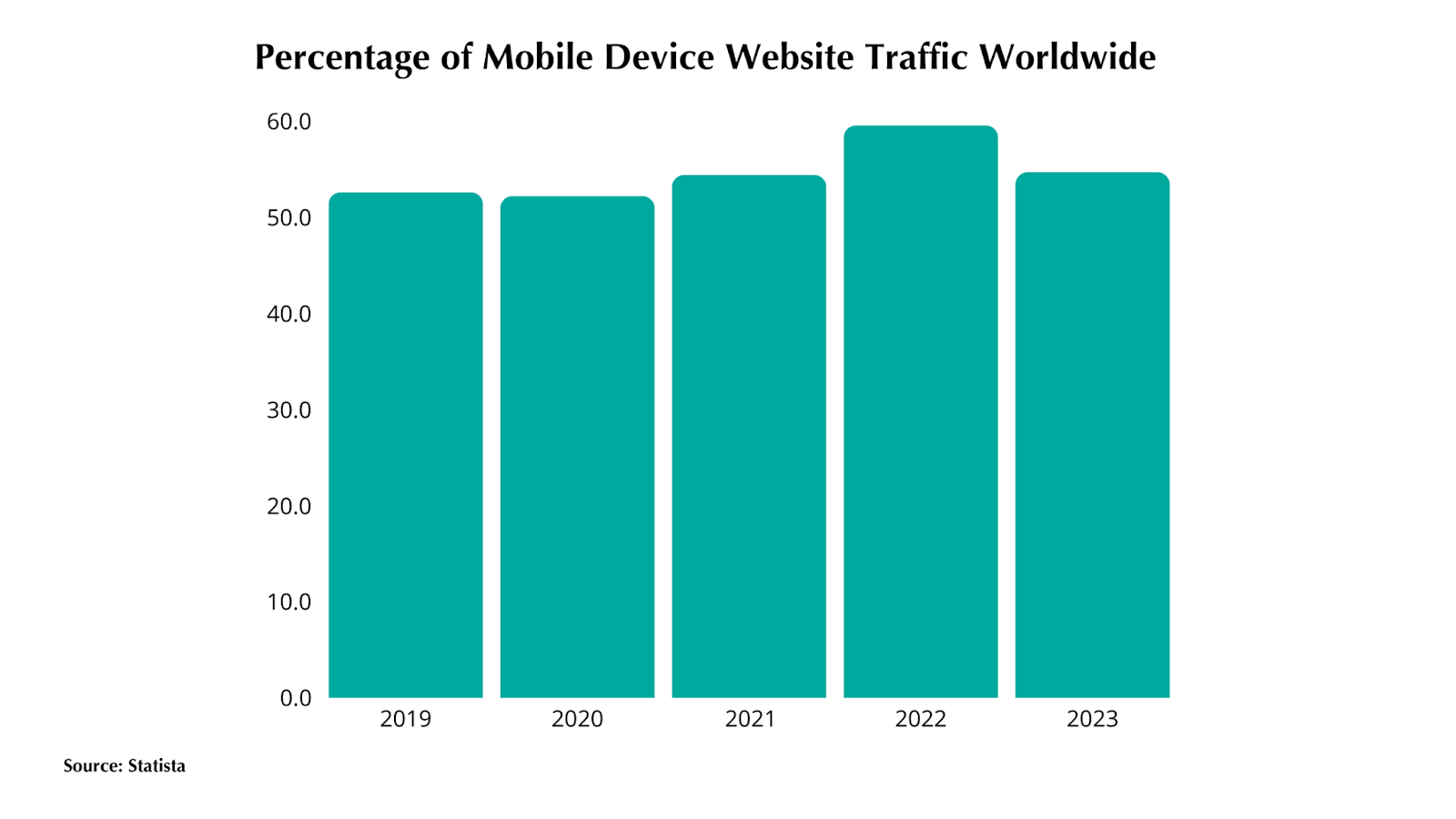Are you struggling to choose the right website builder for your nonprofit? Choosing the right website builder for your nonprofit can be challenging due to limited resources and specific needs. This guide addresses the concerns of nonprofit leaders, marketing teams, and volunteers tasked with creating or updating their organization’s online presence. Begin by defining the primary objectives of your website, such as raising awareness about your cause, attracting volunteers, soliciting donations, sharing news updates, or providing resources and information.
Your Nonprofit’s Website Needs
Before diving into the world of website builders, it’s essential to define your nonprofit’s specific requirements clearly. Start by outlining the primary objectives of your website, such as raising awareness about your cause, attracting volunteers, soliciting donations, sharing news and updates, or providing resources and information.
Consider the technical skills available within your organization. Do you have experienced web developers on staff, or do you prefer a completely code-free solution? Establish a realistic budget for your website, including initial setup costs, ongoing maintenance expenses, and potential future expansion costs.
Finding the Best Website Builders for Nonprofits
Choosing the right website builder can make a significant difference in how effectively your nonprofit can communicate its mission and engage with supporters. The best website builders for nonprofits offer a combination of user-friendly design, powerful features, and scalability to meet the unique needs of nonprofit organizations. Choosing a platform designed for nonprofits ensures your website is impactful and easy to manage.
When evaluating the best website builders for nonprofits, consider the following essential features:
- User-friendly interface with an intuitive drag-and-drop editor
- Mobile responsiveness for designs that look great on all devices
- Customization options to reflect your nonprofit’s brand and mission
- Donation integration with popular platforms or built-in functionality
- Robust content management system (CMS) for easy content creation and organization
- Built-in SEO tools to improve your website’s visibility in search results
- Security measures and SSL certificate for data protection
- Scalability to accommodate your organization’s growth
Popular Website Builders for Nonprofits
Nonprofit website builders are categorized into three main types: basic, mid-range, and advanced platforms
| Feature | Basic Builder | Mid-Range Builder | Advanced Builder |
| Ease of Use | High | Medium | Low to Medium |
| Customization | Limited | Moderate | Extensive |
| Scalability | Low | Medium | High |
| Cost | Low | Medium | High |
| Technical Support | Limited | Moderate | Comprehensive |
| Nonprofit Features | Few | Some | Many |
The choice depends on the nonprofit’s needs, technical expertise, and budget.
Evaluating Website Builders
Selecting the right website builder demands a systematic approach to meet your nonprofit’s unique needs. The following steps will guide you through the evaluation process, helping you make an informed decision.
Create a Shortlist and Utilize Free Trials
Begin by researching various website builders and create a shortlist of 3-5 promising options. Consider factors such as user reviews, nonprofit-specific features, and overall reputation. Take advantage of free trials to gain hands-on experience with each platform. This practical approach will give you a realistic idea of each builder’s capabilities and limitations.
Assess User Interface and Mobile Responsiveness
Evaluate the intuitiveness of each website builder’s interface. Consider how easily you can create and edit pages, add content, and make design changes. Test mobile responsiveness by previewing your test pages on various devices to ensure they look good and function properly across all screen sizes. Mobile optimization is important for reaching a wider audience. In fact, as of the fourth quarter of 2023, mobile devices accounted for approximately 55% of global website traffic.

Examine Templates and Customization Options
Explore the available templates and assess their quality, relevance to your nonprofit’s needs, and customization options. Look for designs that align with your organization’s branding and mission. Consider how easily you can modify colors, fonts, and layouts. The ideal builder should offer a balance between attractive pre-designed templates and flexible customization options.
Evaluate Features, Integrations, and Scalability
Compare the built-in features and third-party integrations offered by each platform, focusing on tools most relevant to your nonprofit’s needs. Consider whether the platform offers nonprofit-specific features or easily integrates with the tools you already use. Think about your organization’s future growth and ensure the chosen platform can accommodate increased traffic, content, and functionality.
Analyze Pricing, Support, and User Feedback
Compare pricing plans, considering both short-term and long-term costs. Look for nonprofit discounts or special offers. Assess the quality and availability of customer support for each platform. Connect with other nonprofit organizations or join online forums to gather insights from users of different website builders. Their real-world feedback can provide valuable information about long-term satisfaction.
Making the Final Decision
After a thorough evaluation, it’s time to make your final decision. Choose the website builder that best aligns with your nonprofit’s specific goals and requirements. Strike a balance between user-friendliness and the advanced features your organization needs. Factor in all costs, including setup, ongoing maintenance, and potential future expansions.
Select a platform with a strong track record and ongoing development to ensure long-term support and improvements. Involve key stakeholders in the decision-making process to ensure buy-in and smooth implementation.
Implementing Your Chosen Website Builder
After choosing the right website builder for your nonprofit, it’s time to bring your vision to life. Start by developing a comprehensive content strategy that aligns with your mission and goals. Gather and prepare all necessary assets, including high-quality images, videos, and written content.
Set up your account and choose a template that best represents your organization. Customize the design to reflect your brand identity, then add and organize your content strategically. Integrate essential tools and features, such as donation buttons or event calendars.
Before launching, thoroughly test across devices and browsers to ensure a seamless user experience. Finally, launch your new website and promote it across your networks and communication channels.
Maximizing Your Nonprofit Website’s Potential
Developing a strong content strategy is crucial for your nonprofit’s website’s success. Focus on creating compelling, mission-driven content that resonates with your target audience. Use storytelling techniques to showcase your organization’s impact and inspire action. Regularly update your content to keep visitors engaged and informed about your latest initiatives and achievements.
Implement SEO best practices to improve your website’s visibility in search engine results. This includes optimizing page titles, meta descriptions, and headers, as well as creating high-quality, relevant content. Use keywords strategically throughout your site, but avoid keyword stuffing. Build quality backlinks by partnering with reputable organizations and contributing guest posts to relevant websites.
Prioritize user experience in your website design to ensure visitors can easily navigate and find the information they need. Create clear, intuitive navigation menus and use a logical site structure. Implement a responsive design that works well on all devices, from desktop computers to smartphones. Use white space effectively to improve readability and focus attention on key elements.
Conclusion
Picking the right website builder is crucial for your nonprofit’s online success. Considering your needs, budget, and goals will help you find a platform that grows with your nonprofit. The best choice allows your team to create and maintain your site easily, freeing you to focus on your mission. With the right tools, you’ll build a powerful online presence that engages supporters and amplifies your impact.
Frequently Asked Questions
Do I need coding skills to use a website builder?
Most modern website builders are user-friendly and require no coding knowledge.
Can I accept donations through my website builder?
Many builders offer donation tools or integrate with popular donation platforms.
How often should I update my nonprofit’s website?
Regularly. Aim to add new content or updates at least monthly.












